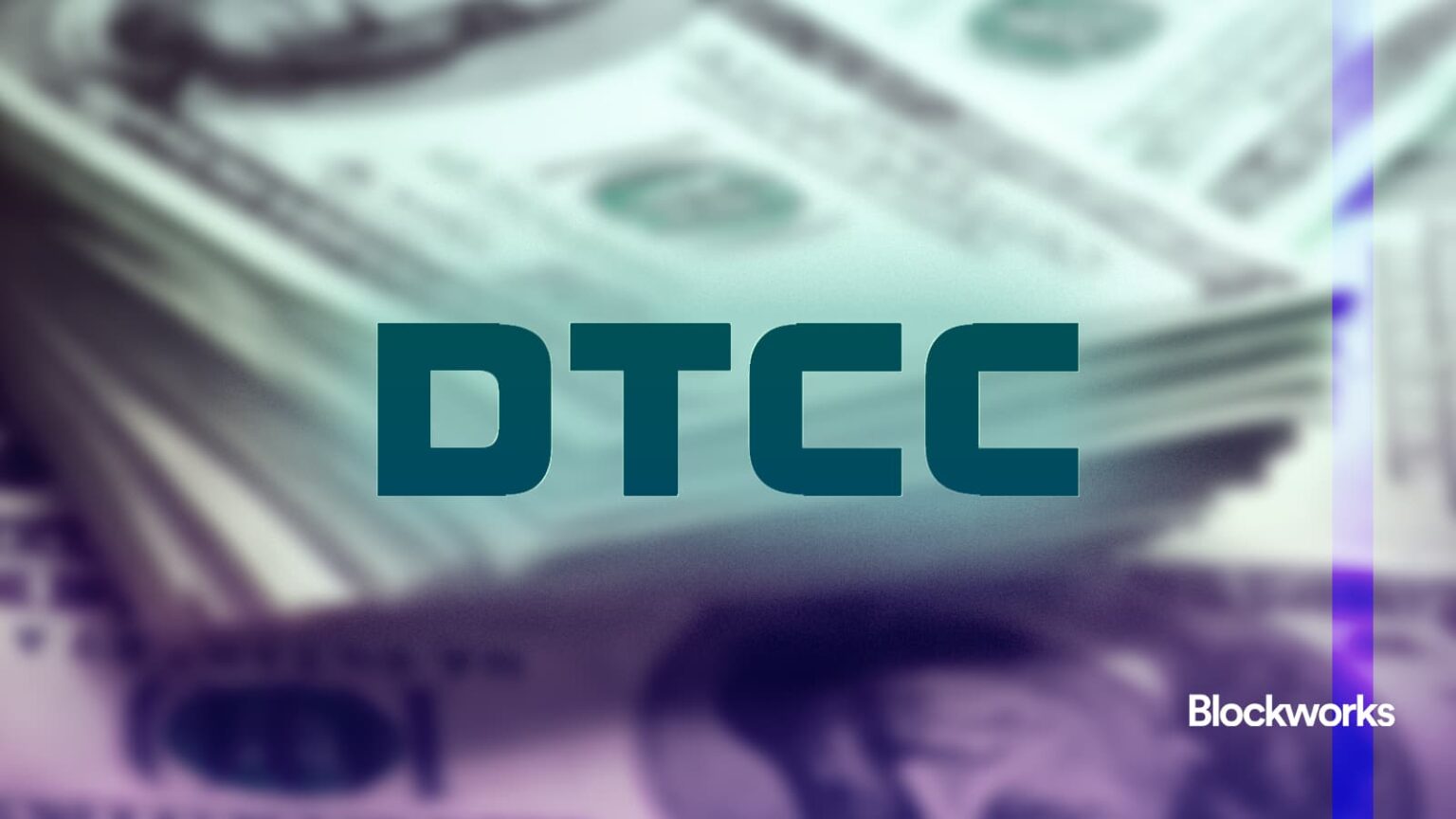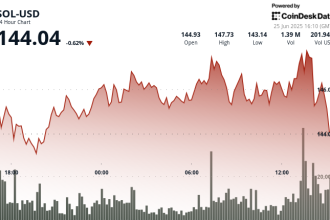This is a segment from the 0xResearch newsletter. To read full editions, subscribe.
Opinions declaring “blockchains will replace TradFi,” often heard on platforms like Twitter, frequently target the Depository Trust & Clearing Corporation (DTCC). This influential body holds a critical monopoly in the US securities market, managing the post-trade clearing and settlement of securities with estimated daily values between $9 trillion and $11 trillion.
Once dismissed in favor of dated legacy systems, DTCC’s adoption of blockchain technology has shifted. This month marks a significant move as DTCC announced the development of a “Collateral AppChain” focused on “tokenized real-time collateral management.”
In a demonstrated proof-of-concept, DTCC showcased how its Collateral AppChain could mobilize diverse assets – treasuries, equities, tokenized money market funds, and cryptoassets – globally in real time, eliminating delays due to settlement or liquidity constraints.
Noting its evolution, the DTCC now sees advantages in transitioning from its existing settlement processes (often T+1) to a potential real-time model powered by this AppChain. This would allegedly remove liquidity bottlenecks tied to market hours and reduce the need for excessive collateral buffers during settlement.
A DTCC official reportedly stated, “We recognize the merits of blockchains, we are updating our outdated technology to blockchain rails, and you don’t have to use Ethereum.” This likely reflects concerns articulated by Galaxy Research’s Thad Pinakiewicz: “The DTCC is trying to avoid having their position usurped by co-opting the only tech that can feasibly threaten them.” However, this qualified adoption challenges the assumption that incumbent FinTech institutions are inherently resistant to blockchain innovation.
For the cryptocurrency sphere, the key takeaway is DTCC’s unexpected nimbleness. The potential realization of the Collateral AppChain raises questions about the unique value proposition of public blockchains. While the DTCC’s system is expected to feature a centralized validator set, adherence to regulations likely requiring assets remain under custodial control, and operation on a permissioned, Hyperledger Besu-based chain (fostering non-interoperability with DeFi), its intended benefits are substantial:
- Elimination of complexities and costs inherent to public chain operations.
- Leveraging immense liquidity currently concentrated in traditional finance.
Historically, the challenge was operational efficiency (e.g., DTCC’s T+1 despite needing to handle vast volumes). The Collateral AppChain represents a tailored solution designed for high throughput.
This development portends consequences for native crypto settlement layer initiatives (like Ethena’s Converge). While Guy Young, Ethena’s founder, views DTCC’s move positively as “validation” for Converge’s thesis, analysts highlight the need for such platforms to secure concrete assets and products beyond mere infrastructure. Unique positioning offers potential value in bridging the traditional finance asset base.
p
Note: The specific quote attributed directly to a DTCC official ("We recognize the merits of blockchains…") requires verification and attribution for a formal publication and may have been paraphrased slightly for flow in general writing samples. If verification is unavailable, consider removing it.
Note: The structure emphasizes key points related to efficiency (T+1), advantages over public chains, and implications for crypto-native projects while maintaining a news article style and format suitable for web integration.












